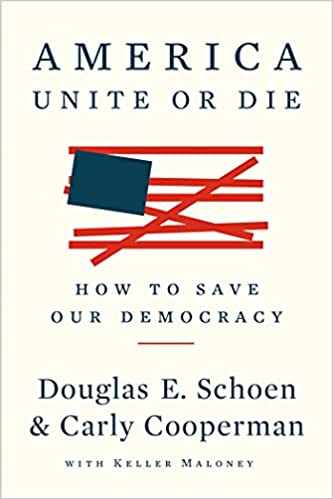It seemed like it was too good to be true from the start.
Just a few weeks ago, during talks in Belarus, the Ukrainian government and pro-Russian rebels in eastern Ukraine agreed to a ceasefire and a buffer zone.
The peace plan contained nine elements including: a bilateral ceasefire; no movement of military forces beyond the front line as of September 19; no use of weapons or offensive action; heavy weaponry to be moved back at least 15 kilometers (nine miles) from the front line, to create a 30-kilometer buffer zone.
Ukrainian President Petro Poroshenko called the ceasefire the “keystone” to his peace plan and argued in a televised news conference that he had “no doubt the biggest, most dangerous part of the war is already behind us.”
Indeed, I hope that Poroshenko is correct, but recent news out of Eastern Ukraine suggests that the conflict is far from over.
Deadly fighting has broken out again between the government and rebels around an important airport outside Donetsk. Thus far, 10 civilians have died from the shelling with nine more injured. A shell exploded just meters from a school where 70 children were in class according to the Donetsk regional council.
Government forces remain in control of the airport, but the rebels continue to contest ownership.
Andrei Purgin, the deputy prime minister of the rebel Donetsk People’s Republic, said in an interview that all the fighting is taking place at contested points along the border line agreed upon at the Belarus talks, which he participated in.
“The line drawn on paper does not correspond to the current positions,” Purgin said. According to the cease-fire agreement, “the airport should be ours, but they are not leaving it.”
Naturally, the Ukrainian government does not see it that way, though the deal does give the airport to the rebels and memorializes effective rebel control of 15% of Ukraine.
This is less than ideal in and of itself. And not secure either
“The situation in the area remains difficult,” Ukrainian military spokesman Andriy Lysenko said. Rebels “continue to violate the cease fire and shell Ukrainian positions.”
Poroshenko was in Washington recently to meet with President Obama and testify in a joint session of Congress. He advocated for greater support to his military, a request that surely deserves more attention in light of continued fighting since the ceasefire.
To date, the US has only supplied Ukraine with nonlethal aid including blankets, meals and night vision goggles. Though what we have done so far is certainly a gesture, it is not enough.
As per Poroshenko’s request, we should help arm his troops – they are up against an enemy that is funded and equipped by Russia and stand very little chance of success without help from the outside. That they are fighting an uphill battle is a tremendous understatement.
It has also become clear that although economic sanctions against Russia has caused Putin and his cronies some financial distress, the effect hasn’t been nearly as strong as we would’ve hoped.
Russian Foreign Minister Sergei Lavrov has said that Russia won’t change its position over Ukraine to win a repeal of the sanctions. And German Chancellor Angela Merkel told reporters, “I don’t see any change at the moment regarding Russia’s position. Sometimes in history one has to be prepared for the long haul, and not ask after four months if it still makes sense to keep up our demands.”
In this way, we may be in the midst of a ceasefire, but none of the ideological positions have shifted – not even an inch.
It follows that the US and the West must keep up the pressure on Russia. Even tougher sanctions are needed. It doesn’t matter what Lavrov says – the more difficult we make life for the Russians the better our bargaining position.
Cautious intervention does not benefit the Ukrainians or the West. It’s time to finally commit.


